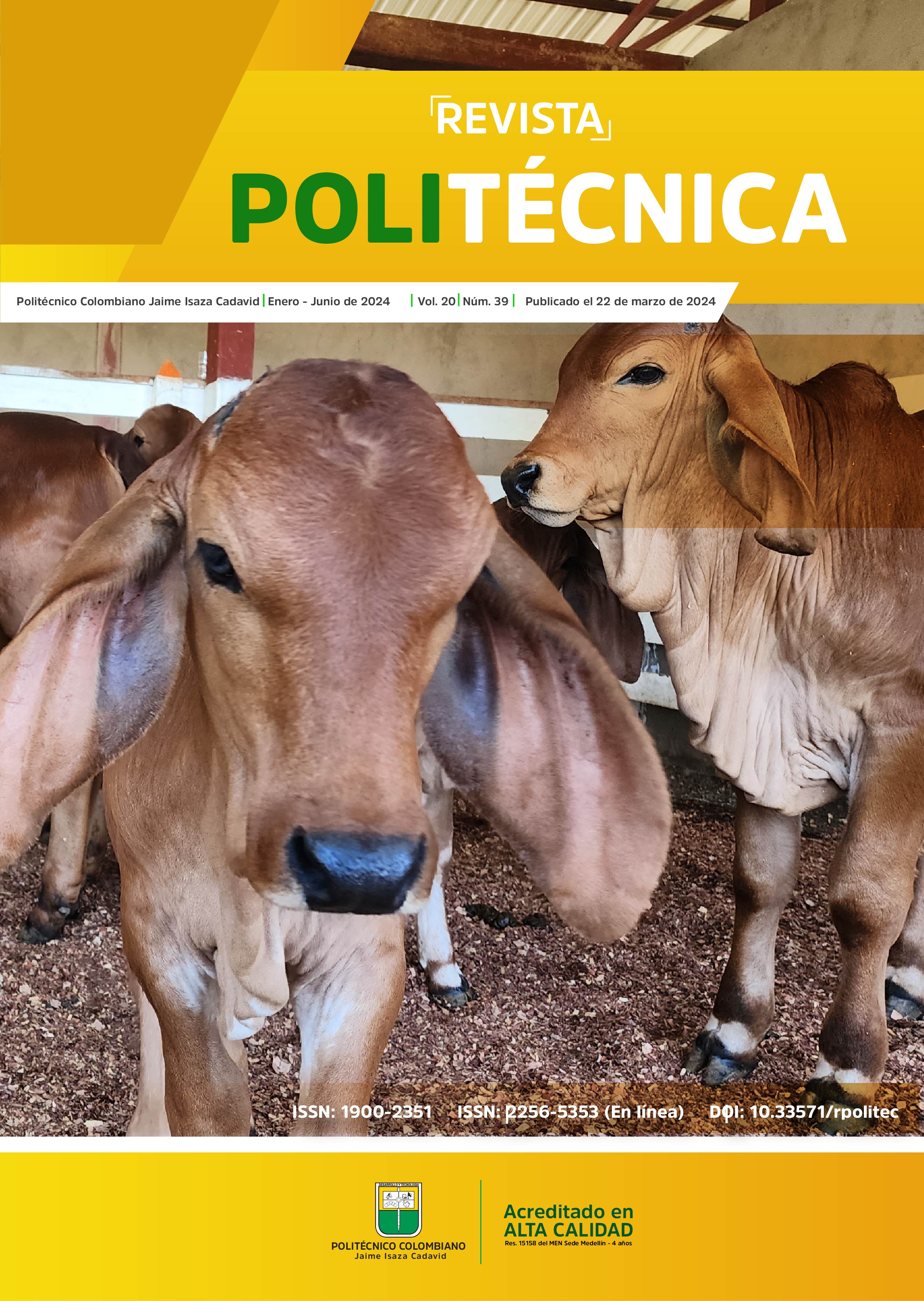Tire Recycling: an Alternative Raw Material for Sustainable Pavement Construction in the City of Valledupar - Cesar.
DOI:
https://doi.org/10.33571/rpolitec.v20n39a1Keywords:
Recycling, Pavement, Tires, LaboratoryAbstract
The research emerged from the need to reduce the environmental and health impact caused by the improper disposal of tires and rubber when they reach the end of their useful life. Initially, tire and rubber collection and recycling were carried out, and through a crushing process, they were reduced to smaller particles suitable for the production of plastic sand as an alternative for pavement construction. The research was comprehensively addressed through the physical, chemical, and mechanical results of various tests in which the fine aggregate was replaced by recycled rubber granules in different percentages. Each mixture was evaluated by conducting tests for unit mass, moisture content, absorption, specific gravity, and compressive strength. These tests allowed determining the feasibility of using recycled rubber granules as an alternative raw material in civil engineering projects, providing a different option for replacing fine aggregate in pavement production.
Article Metrics
Abstract: 691 PDF (Español (España)): 475 HTML (Español (España)): 44 XML (Español (España)): 0PlumX metrics
References
Aguirre, E. (2016). Aporte al análisis sobre el impacto ambiental y el impacto social que genera el reciclaje de tapas plásticas en la fundación sanar. Universidad Distrital Francisco José De Caldas. Bogotá D.C. Colombia.
Asociación Nacional de Empresarios de Colombia – ANDI. (2016). Reporte del programa posconsumo. Bogotá. Reporte.
Londoño, C. & Álvarez, J. (2008). Manual De Diseño De Pavimentos De Concreto: Para Vías Con Bajos, Medios Y Altos Volúmenes De Tránsito. Medellín. Instituto Colombiano De Productores De Cemento.
Rivera, G. (2013). Agregados para mortero o concreto. (pp. 41-76). Cauca. Gustavo Gili, s.a.
Rivera, G. (2013).Resistencia Del Concreto. Concreto simple. (pp. 121-154). Cauca. Gustavo Gili, s.a.
Jaimes, L. & Torres, K. (2019). Aprovechamiento Del GCR Para La Elaboración De Adoquines Ecológicos Como Alternativa A La Industria Constructiva, Revista Politécnica, Vol. 15, No.29 PP.33-44. doi: 10.33571/RPOLITEC.V15N29A3
Ortiz, A. & Tribilcock, P. (2014). Propuesta de un plan de empresa para el diseño y la fabricación de productos a partir del reciclaje de llantas, de acuerdo a las disposiciones normadas de los sistemas de recolección selectiva y gestión ambiental de llantas usadas en Bogotá. Universidad Francisco José De Caldas. Bogotá, Colombia.
Saavedra, S. & Guilombo, J. (2017) Comparación del rendimiento energético entre la molienda mecánica y la molienda criogénica aplicada a los neumáticos fuera de uso (NFU)
Sánchez, D. (2001). Tecnología del concreto y del mortero. Santafé de Bogotá, D.C., Colombia. Bhandar editores Ltda.
Conpes. (2016). Política nacional para la gestión integral de residuos sólidos. Disponible en: https://colaboracion.dnp.gov.co/CDT/Conpes/Econ%C3%B3micos/3874.pdf
Escuelapedia. (s.f). Política 3Rs: reducir, reutilizar y reciclar. Disponible en: https://www.escuelapedia.com/politica-3rs-reducir-reutilizar-y-reciclar/
Osorio, J. (2013). Resistencia mecánica del concreto y resistencia a la compresión. [blog]. Blog 360 en concreto. Bogotá. Disponible en:
Published
How to Cite
Issue
Section
License
Copyright (c) 2024 Angelica Patricia Vanegas Padilla, Maira Alejandra Castro-Cardona, Natalia Andrea Jiménez-Ferreira, Eberto Rafael Ortega-Sinning

This work is licensed under a Creative Commons Attribution-NonCommercial-ShareAlike 4.0 International License.


























